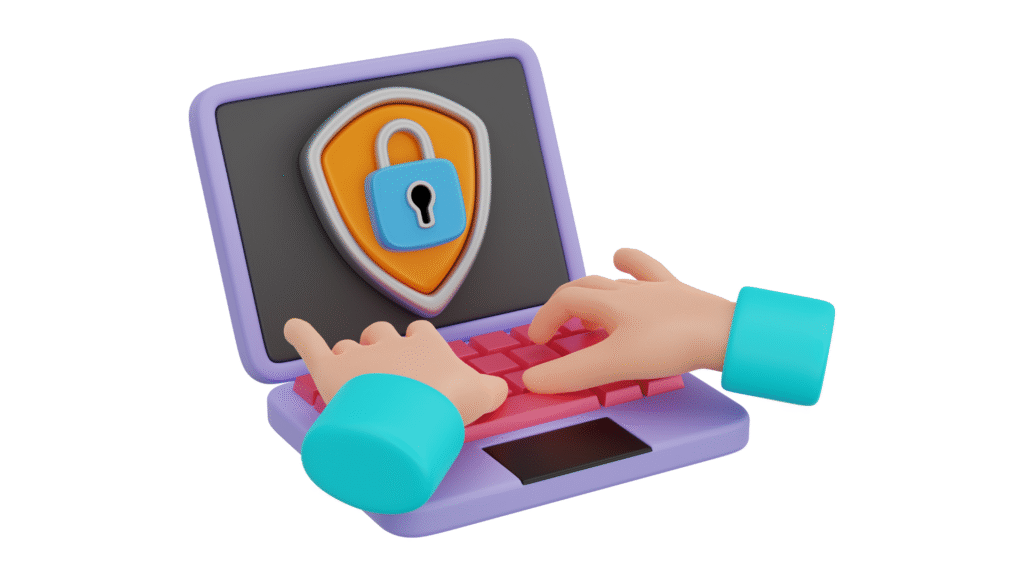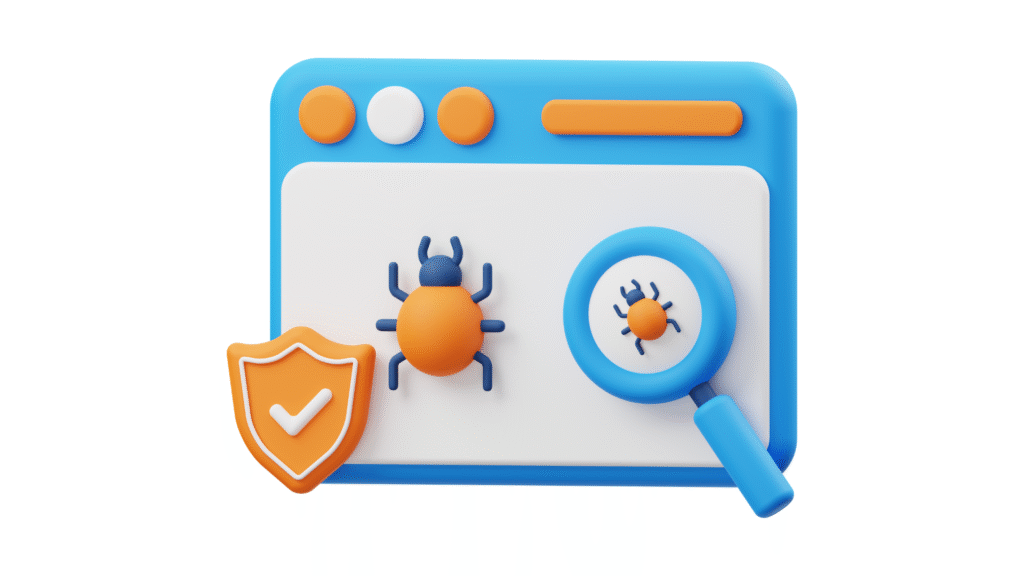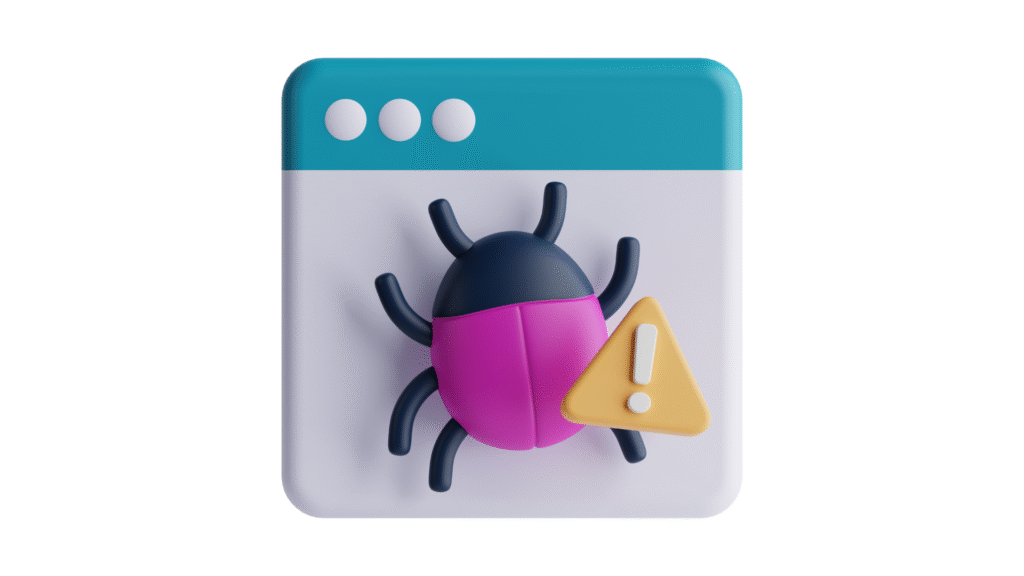The ABCs of Cybersecurity: Part 6


As we continue our journey through the ABCs of cybersecurity, we’ve now arrive at the letters U, V, W, and X. These terms might seem less common, but they play vital roles in understanding how digital safety works. Whether you’re a student, educator, or everyday internet user, knowing these can boost your cyber awareness and help build resilience against threats as well.

Whether it’s your phone, laptop, or an app you use daily, software updates often include security patches that fix vulnerabilities hackers can exploit. Ignoring updates leaves your device open to known threats. Regularly updating your systems ensures you’re protected with the latest security improvements, think of it as reinforcing the walls of your digital home.
A VPN creates a secure and encrypted connection between your device and the internet. It hides your IP address and online activity, making it harder for hackers, internet service providers, or even governments to track your behaviour online. VPNs are especially useful on public Wi-Fi networks, like those in cafes or airports, where data can easily be intercepted.
A worm is a type of malicious software that replicates itself to spread across computers and networks. Unlike viruses, worms don’t need to attach to a program or be triggered by user action they move autonomously. Once inside a system, worms can steal data, delete files, or open doors for further attacks. Firewalls, strong passwords, and updated security software are key defences against such silent but dangerous intruders.
XXE attacks target systems that process XML input. In an XXE attack, a hacker can exploit poorly configured XML parsers to view sensitive files, perform server-side request forgery, or launch denial-of-service attacks. Though technical understanding of XXE is crucial for web developers and cybersecurity professionals, preventing such attacks involves secure coding practices and using safe XML libraries.
Cybersecurity is filled with terms that contribute to a safer digital world. Whether you’re protecting your devices at home or learning the ropes in school, knowledge is your first line of defence. Keep following this series as we dive into the final stretch of the cybersecurity alphabet Y & Z up next.
